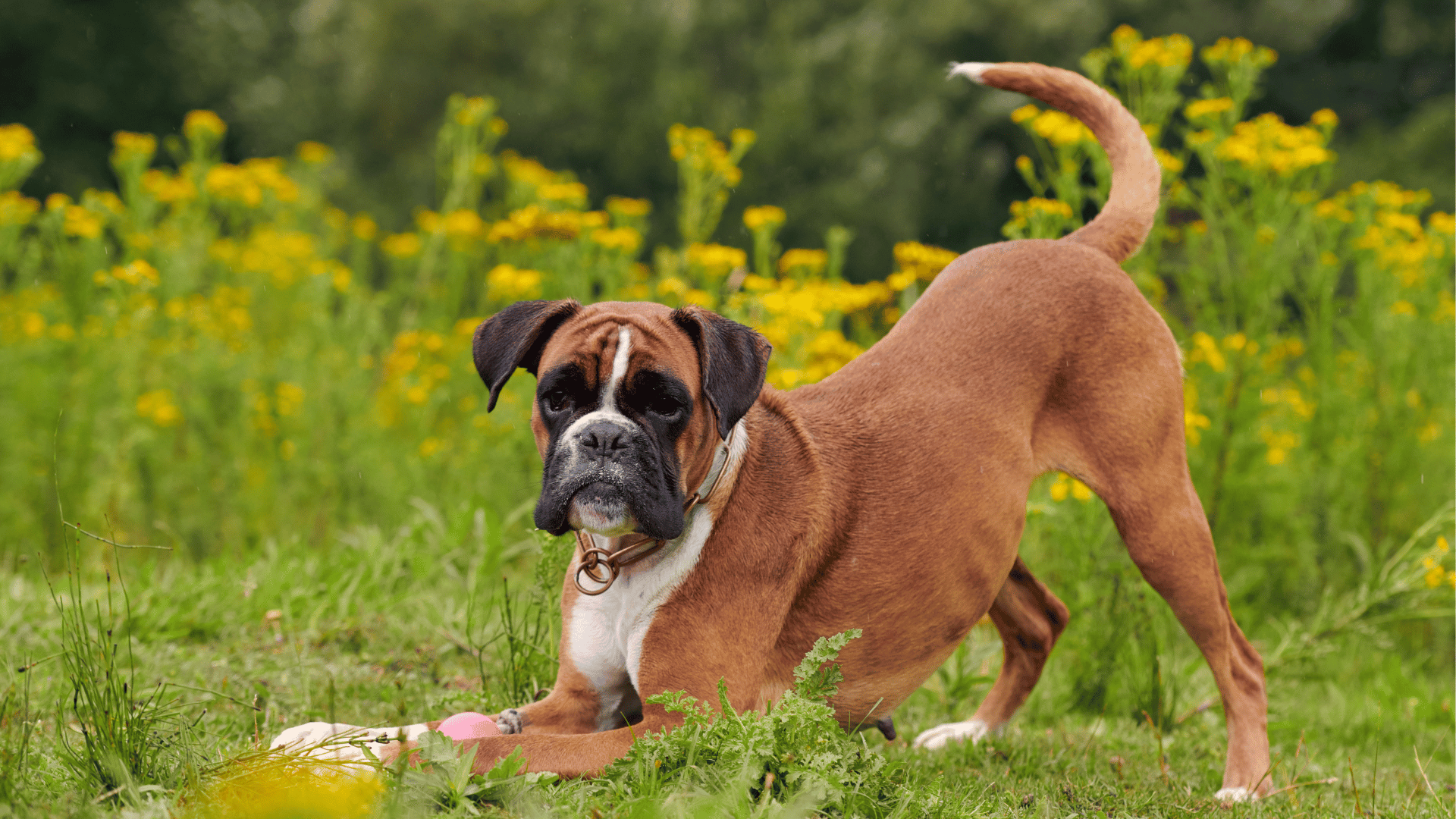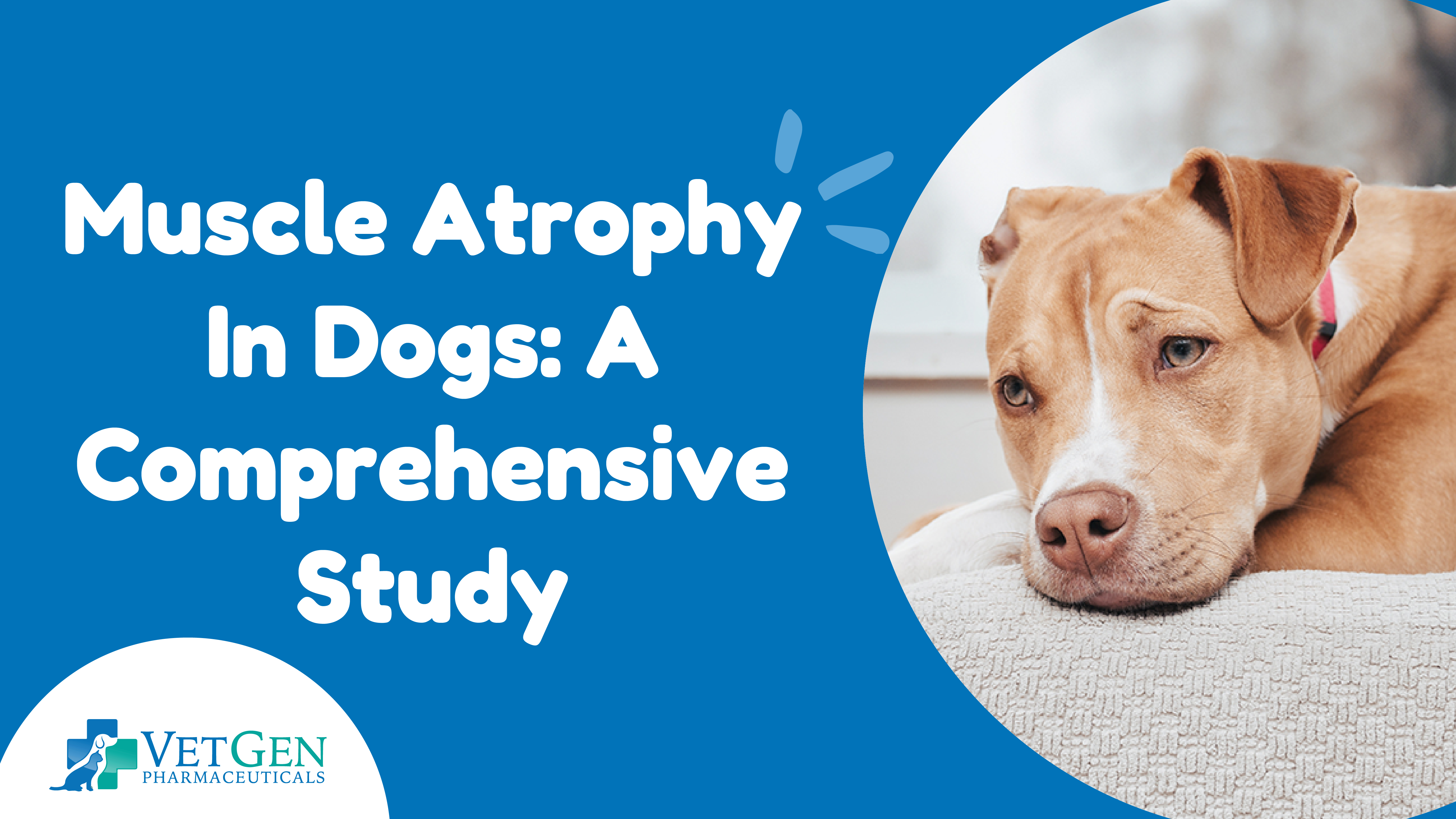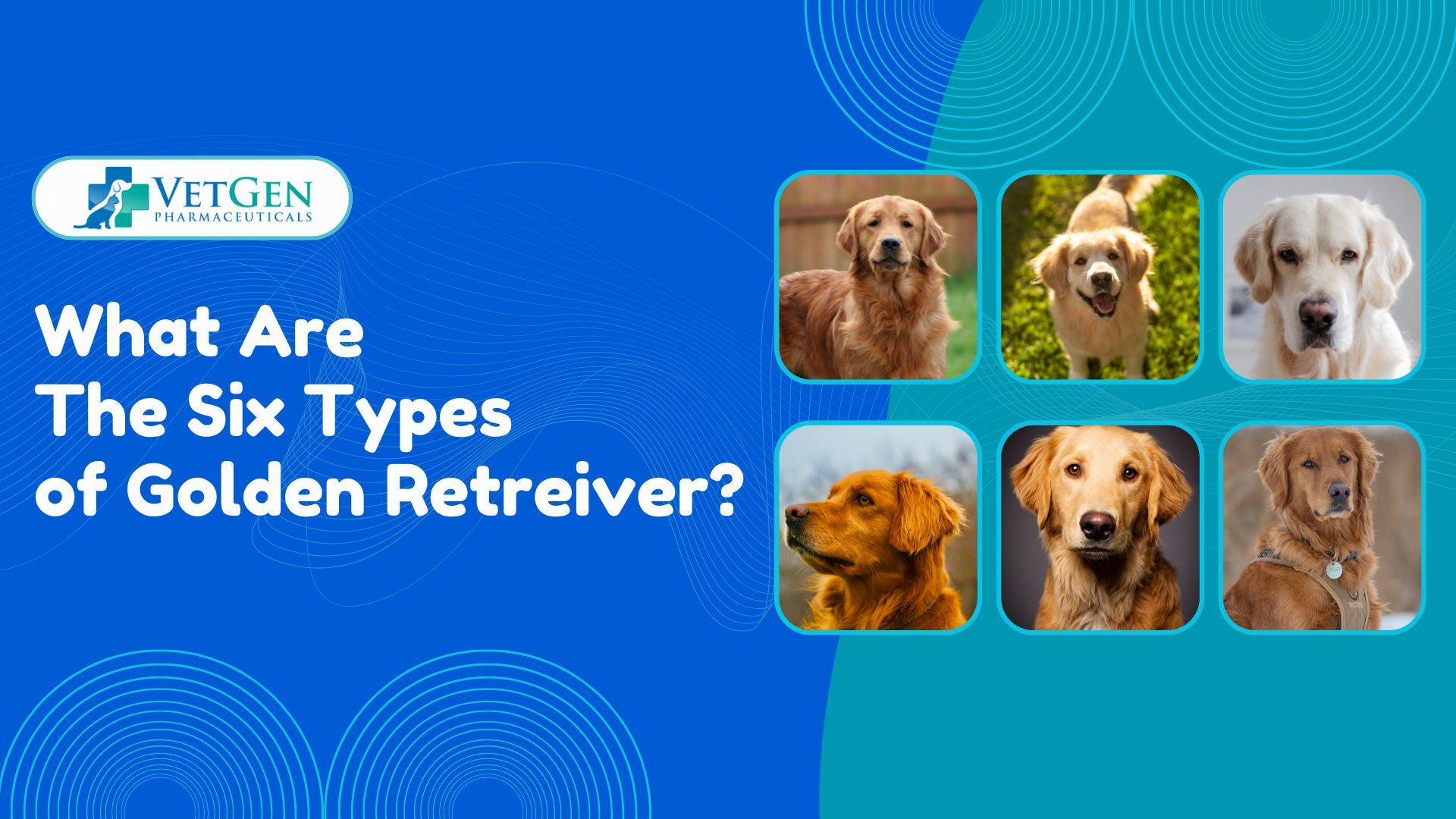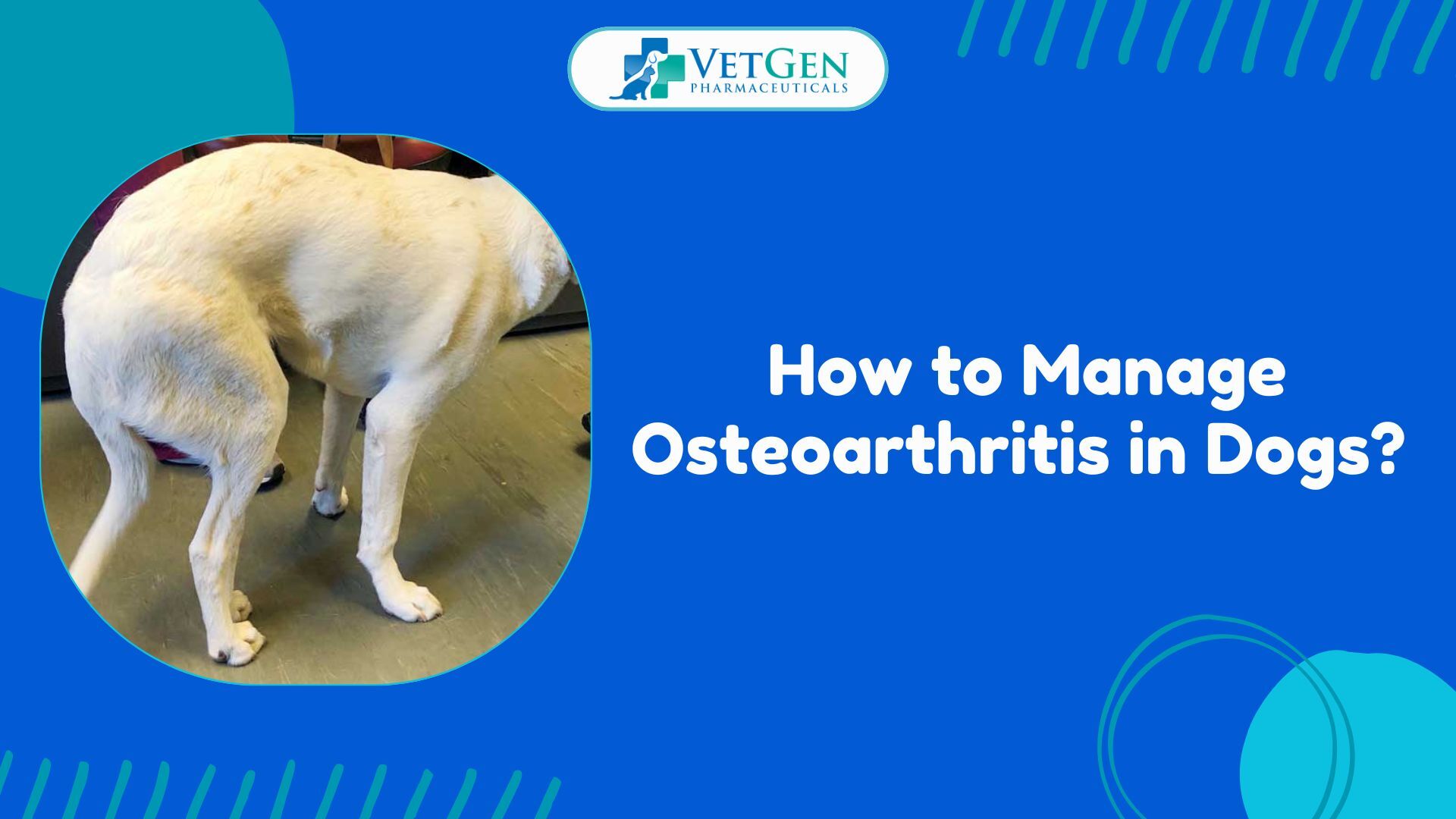When dogs first lose muscle mass, they begin to become thinner and weaker. This is not limited to just older dogs starting to get a little arthritic – it can happen in dogs of any age and may be caused by anything from an inadequate diet or exercise plan, all the way up to more serious health issues.
Keep your four-legged friend feeling her friskiest and brightest by recognizing the signs of muscle atrophy early. This time, we are going to shed light on the basics of muscle atrophy in dogs.
Primary Causes of Muscle Atrophy in Dogs
Before we talk about how to treat or prevent it, let’s know something more about what might cause the condition in dogs:
Genetic Disorders
Certain breeds of dog genetically inherit muscle-wasting diseases like muscular dystrophy. These are diseases that target muscle fibers of your dog and can cause weakening followed by progressive loss of power in them. Owners need to know that their breed is genetically prone and take the animal for regular veterinary screenings.
Chronic Diseases
Dogs with chronic illnesses like kidney disease, cancer and heart failure often have muscle wasting. These conditions have a direct effect; resulting in decreased activity levels, reduced appetite or the body’s inability to absorb nutrients.
Injuries and Trauma
Physical injuries or trauma can lead to muscle atrophy either directly through damage to the muscle tissue or indirectly by causing pain that leads to reduced activity. Make sure you take your dog for recovery and rehabilitation to prevent muscle atrophy from becoming a chronic problem.
Nutritional Deficiencies
A healthy diet is important for preventing muscle wasting. Deficiencies in protein result in the breakdown of existing muscle. You need to provide a well-balanced diet to make sure your dog’s bones and muscles stay healthy.
Lack of Exercise
Dogs that do not move or exercise enough will simply lose their muscles more quickly than dogs with a daily routine of regular movement. It is also useful in avoiding muscle loss through periodic exercise, which can be very specific to the breed and specific health of your dog.
How Do I Know If My Dog Has Muscle Atrophy?
Early identification of the signs and symptoms of muscle atrophy provides a critical advantage in the appropriate management indentation.
Visible Wasting of Muscles
The simplest sign of the atrophy muscle in dogs is a visible loss of weight or decrease in muscular bulk mostly noticeable on his legs, hip and face. This often makes the dog appear to be more than bony. You will see this easily in short hair breeds.

Weakness in Affected Limbs
Dogs with muscle atrophy often have clinical signs of weakness in the affected limbs. This includes difficulty moving up stairs or limping after jumping onto something. Your dog may also walk funny if their limbs have become weak.
Decreased Mobility
A general lethargy or decreased interest in activities they used to love – such as playing fetchor taking walks is a sign of decreased mobility. A sedentary lifestyle can also cause weight gain, which worsens muscle atrophy even more.
Diagnosis of Muscle Atrophy in Dogs
It’s a good idea to take your dog for a vet exam to make sure you understand the underlying cause of your dog’s weakness. To diagnose muscle atrophy in dogs, you can perform:
- Physical Examination
- Medical History Review
- Imaging Techniques (X-ray, MRI, CT Scan)
- Muscle Biopsy
How To Treat Muscle Atrophy in Dogs?
There are different ways to treat muscle atrophy in dogs.
Medical Treatments:
A dog with inflammation and pain is usually prescribed anti-inflammatory medications that slow down the progressing symptoms. Vets may prescribe a muscle relaxant to reduce spasms or cramps of the muscles and joints.
Physical Therapy and Rehabilitation
Personalized workout routines prescribed by licensed animal physical therapists may help improve weakened muscles. It may include controlled walking or gentle stretching and sequential movements focused on the muscles. With Hydrotherapy, dogs can exercise and do not have to overdo it while minimizing the possibility of injury as a result of overexertion.
Surgical Interventions
In some cases, surgical procedures may become necessary, especially the dogs has orthopedic issues that interfere with normal muscle use. Post-surgery rehabilitation is important to get the structure of muscles back on track.
Prevention of Muscle Atrophy in Dogs
Here are some ways to prevent muscle atrophy in dogs:
- Proper Nutrition: Make sure your dog receives a balanced diet of essential nutrients to keep their muscles healthy.
- Regular Exercise: Appropriate exercise is necessary for maintaining muscle strength and mass in dogs.
- Early Detection: Regular monitoring of conditions such as diabetes, heart disease, or arthritis can significantly help prevent their impact on muscle health.
What supplements help muscle atrophy in dogs?
In cases of muscle atrophy in dogs, certain supplements can be beneficial in supporting muscle health and recovery.
- Branched-chain amino Acids: These amino acids, including leucine, isoleucine, and valine, are crucial for muscle protein synthesis and can help maintain muscle mass. They are often used in human and veterinary medicine to aid in muscle recovery and growth.
- Creatine: This supplement is well-known for its ability to help increase muscle mass and improve strength. It can be particularly helpful in dogs undergoing rehabilitation or those with naturally lower muscle tone or mass.
- Omega-3 Fatty Acids: Found in fish oil and certain plant oils, omega-3 fatty acids can help reduce inflammation throughout the body, including in muscles. They are beneficial for overall health and can help in cases of chronic diseases that may lead to muscle atrophy.
- Glucosamine and Chondroitin: Originally developed for joint pain and arthritis, Glucosamine and Chondroitin help muscle mass maintenance as it helps dogs remain active.
- L-carnitine: This nutrient is concerned with fat digestion and generation of energy. It can assist in preserving one’s muscle and is predominantly involved in dietary regulation and rehabilitation exercise.
- Vitamin E: Maintaining the antioxidant function in skeletal muscles, vitamin E may promote muscle health in aging dogs.
Conclusion
If you notice that your dog is walking funny or doesn’t really like to play around, it’s time to get a check up. You can help your dog relieve its pain if you can catch muscle atrophy in its early stage. Even then all you have to do is give a nice, nutritious meal and take your dog out for walks. All will be well!






